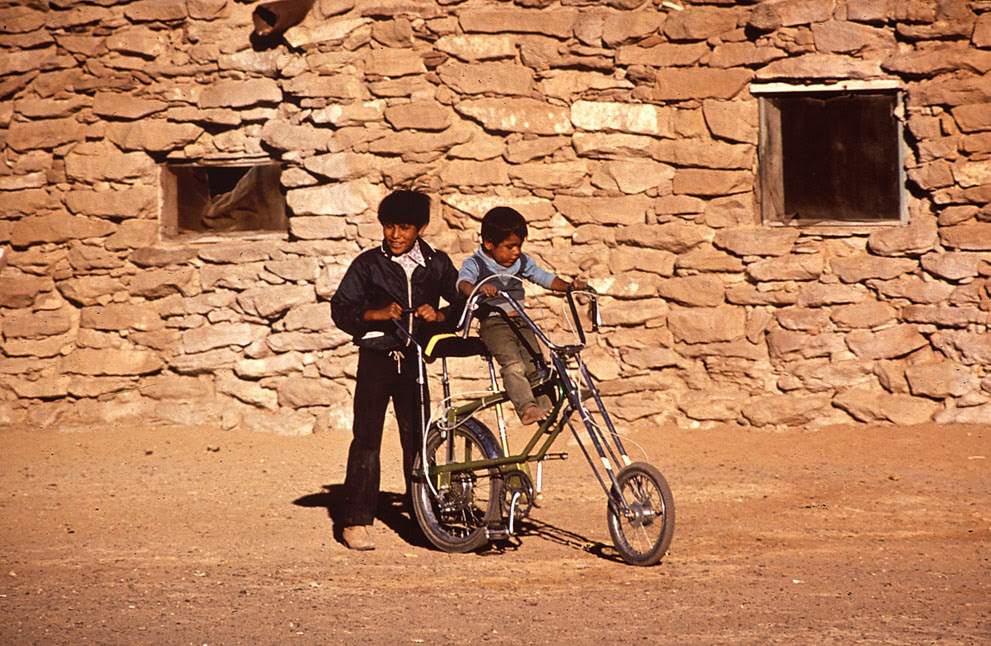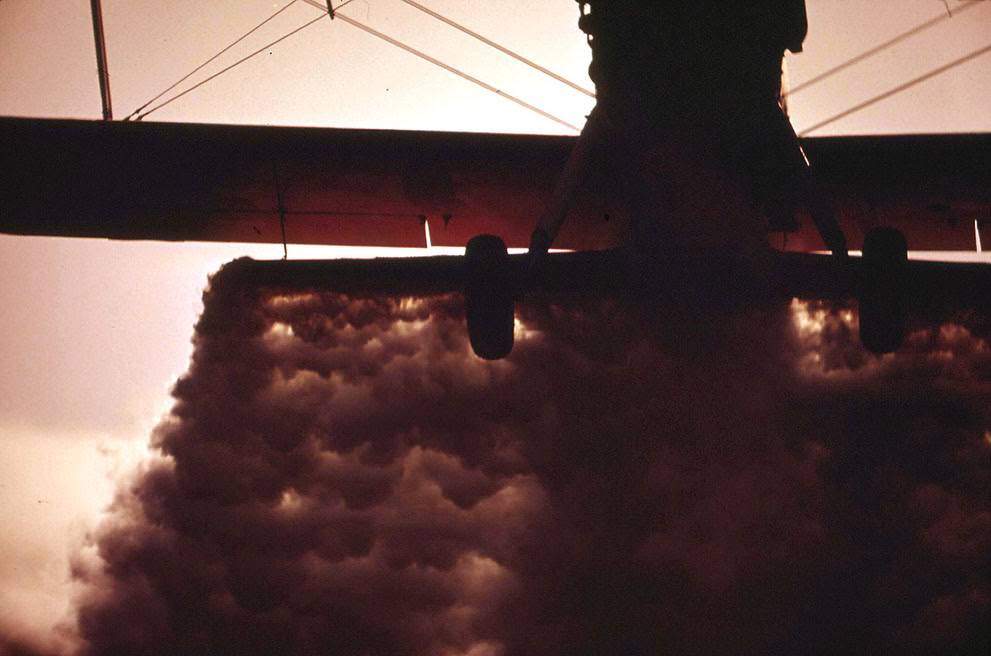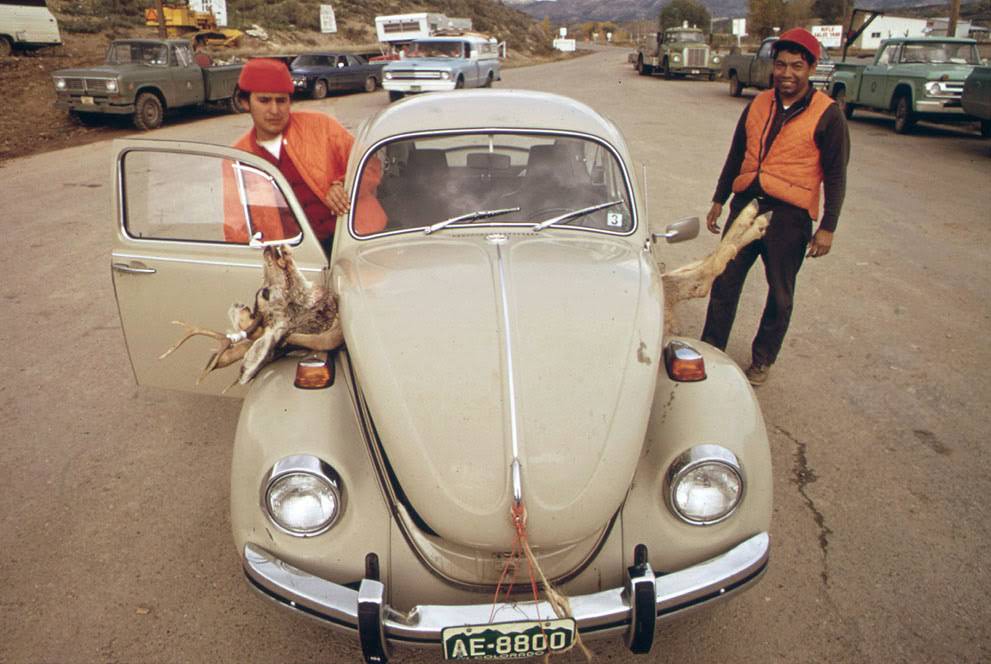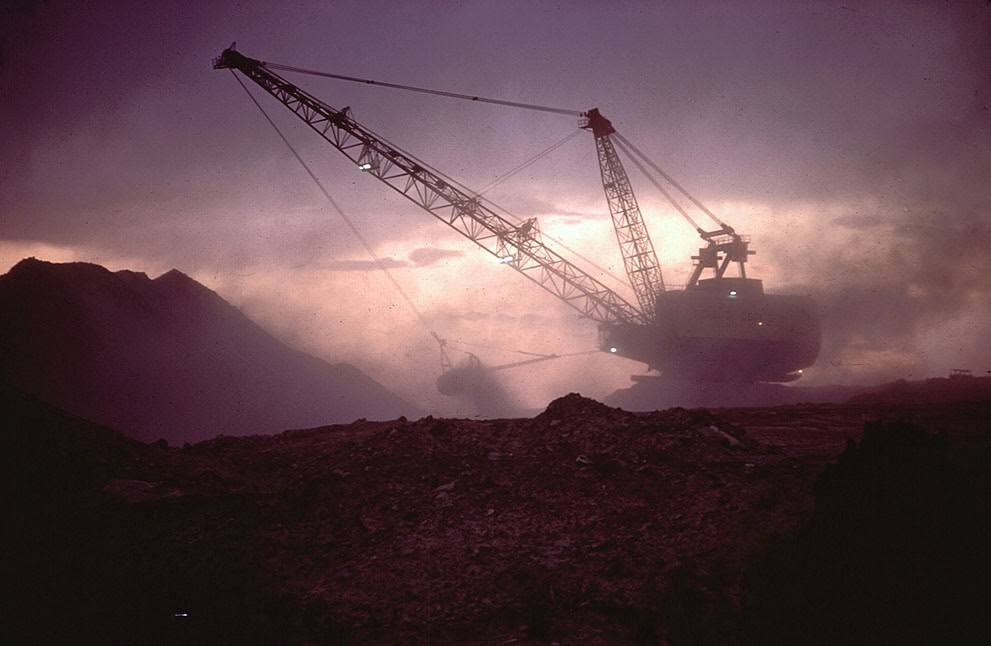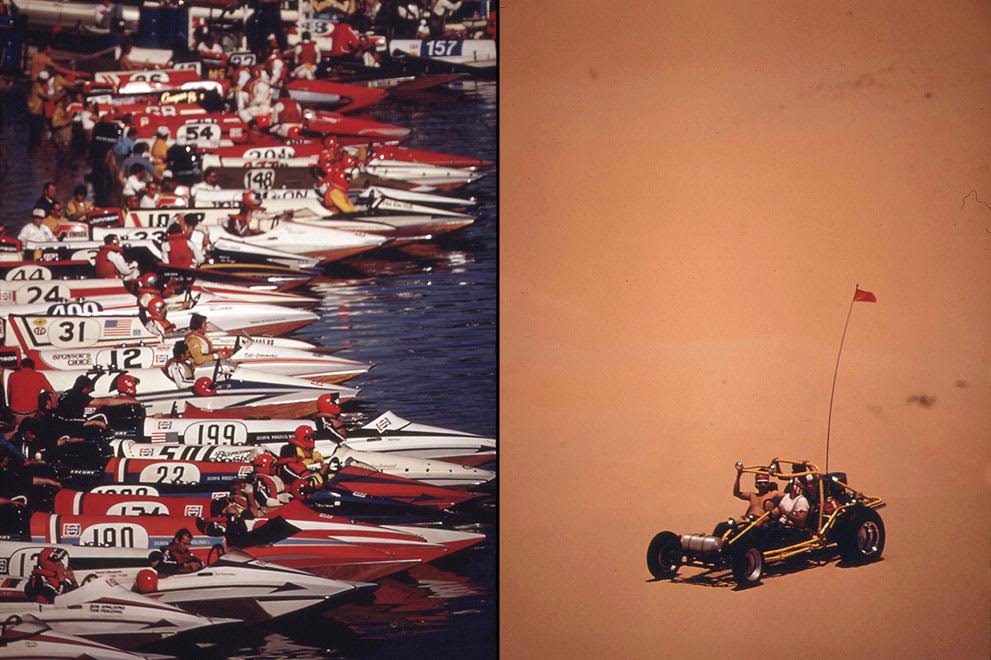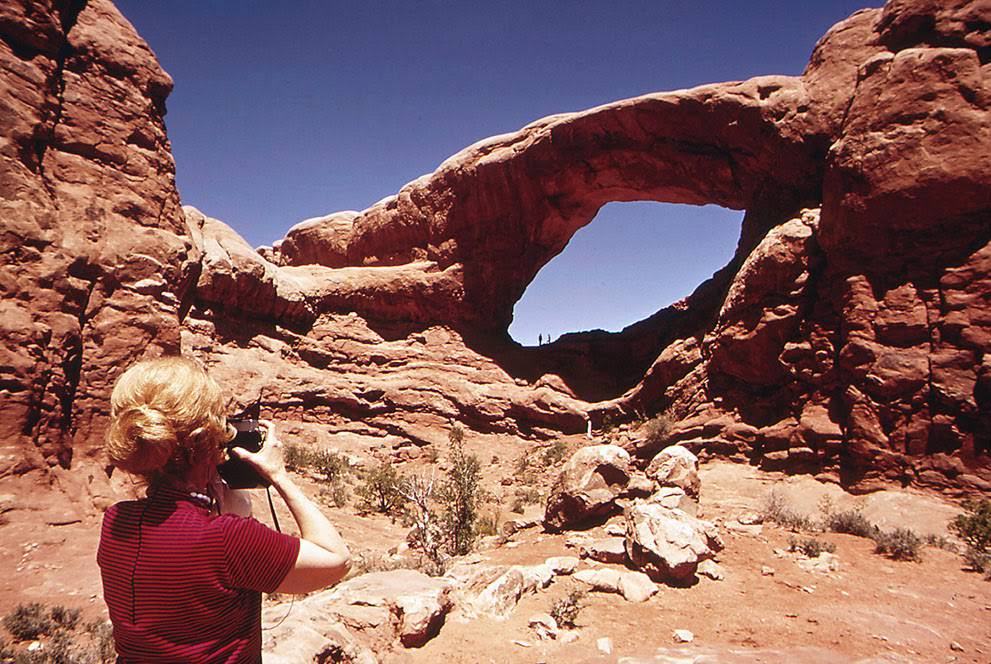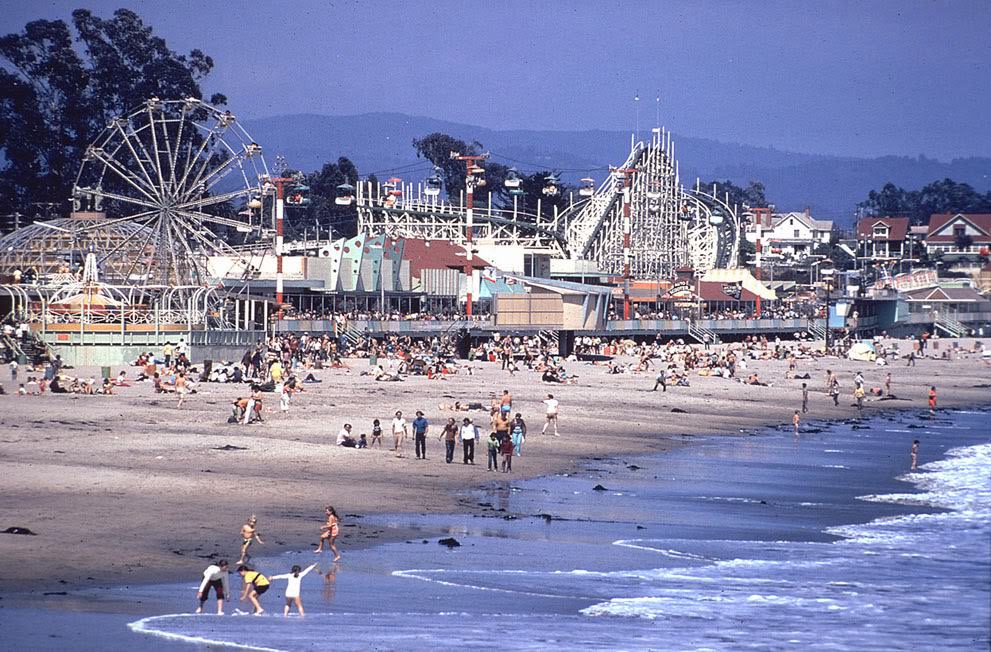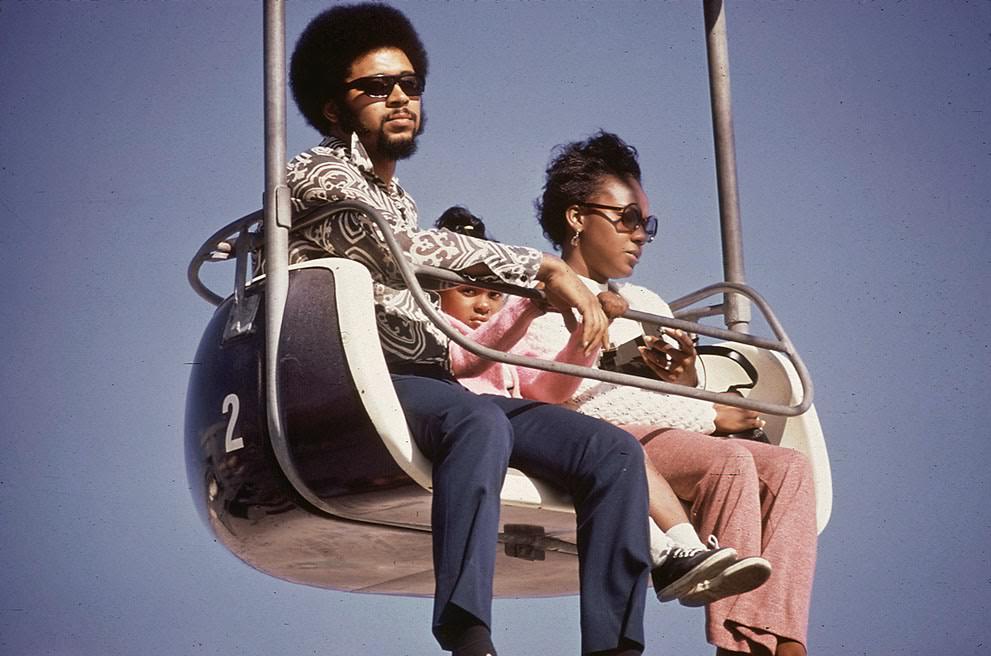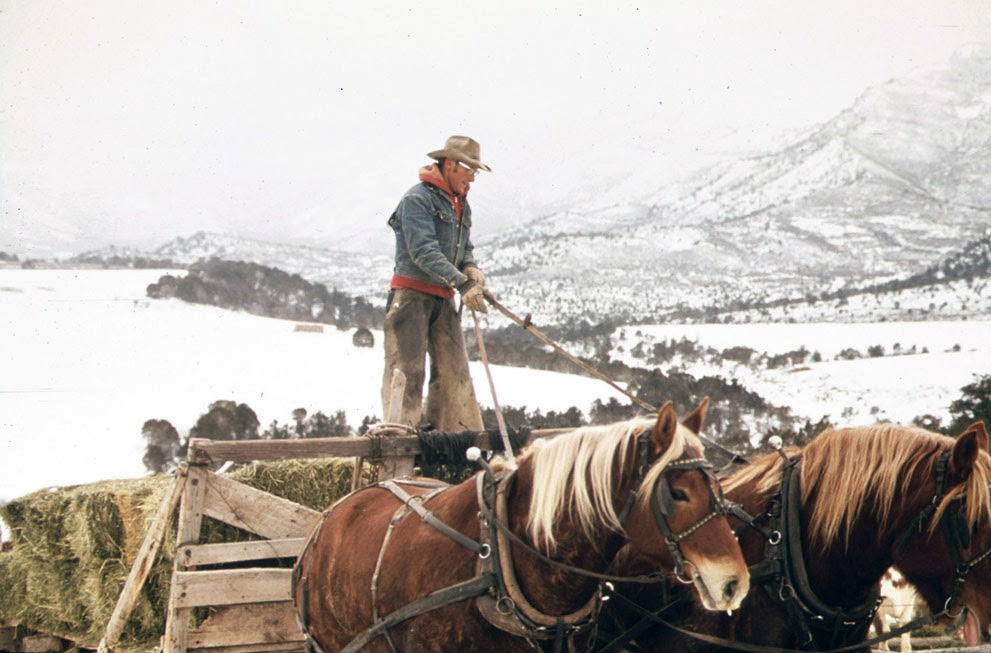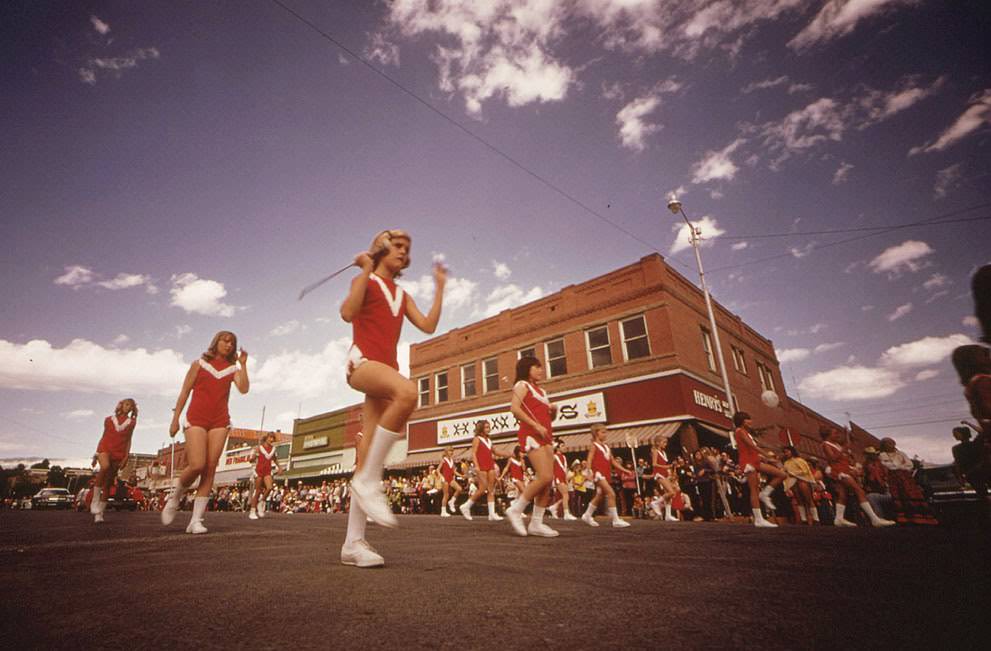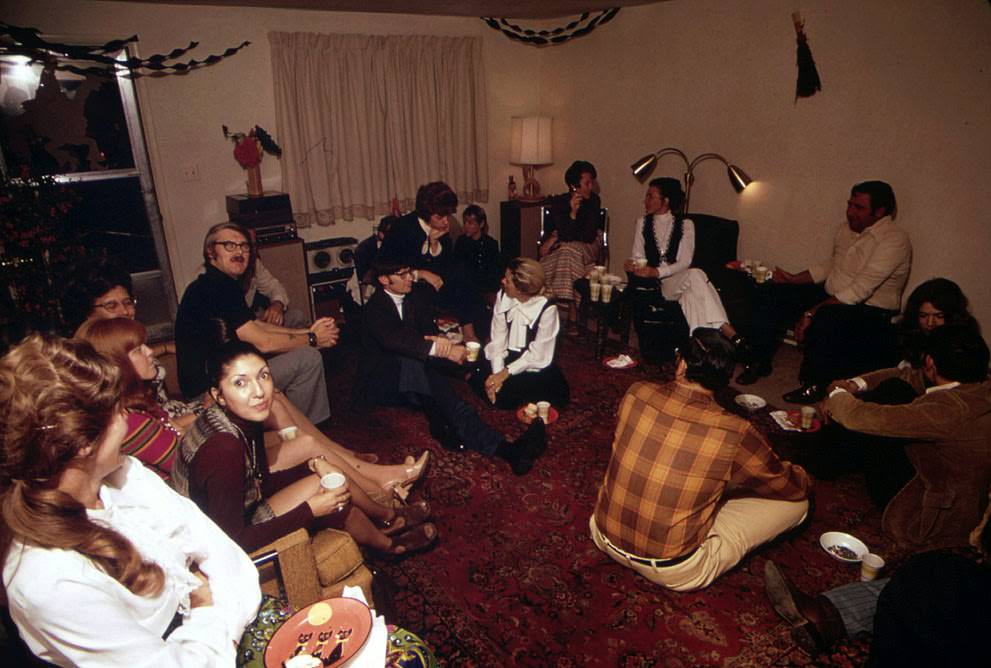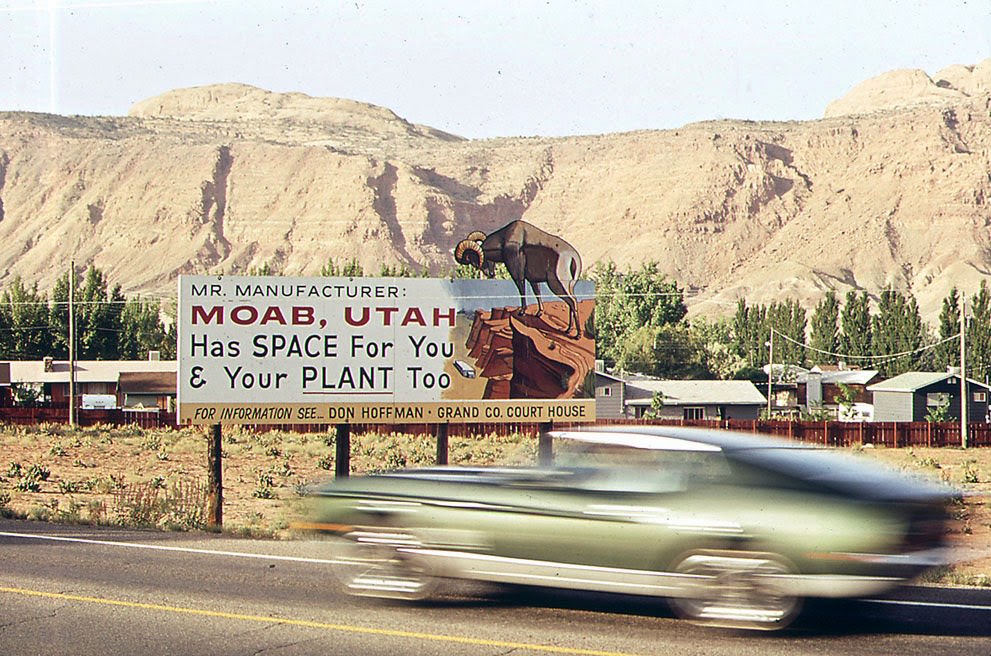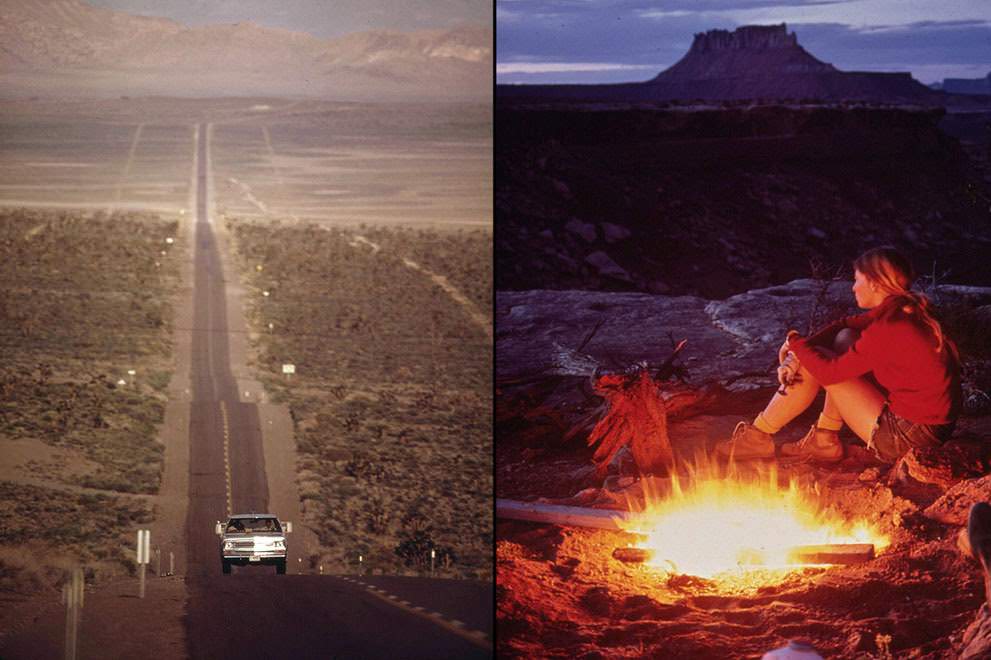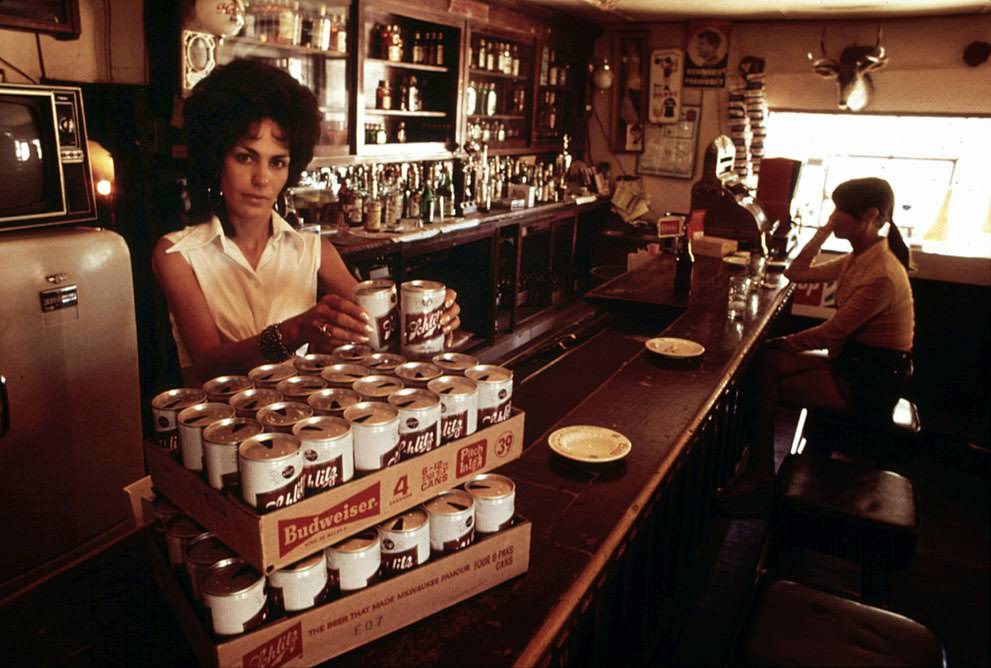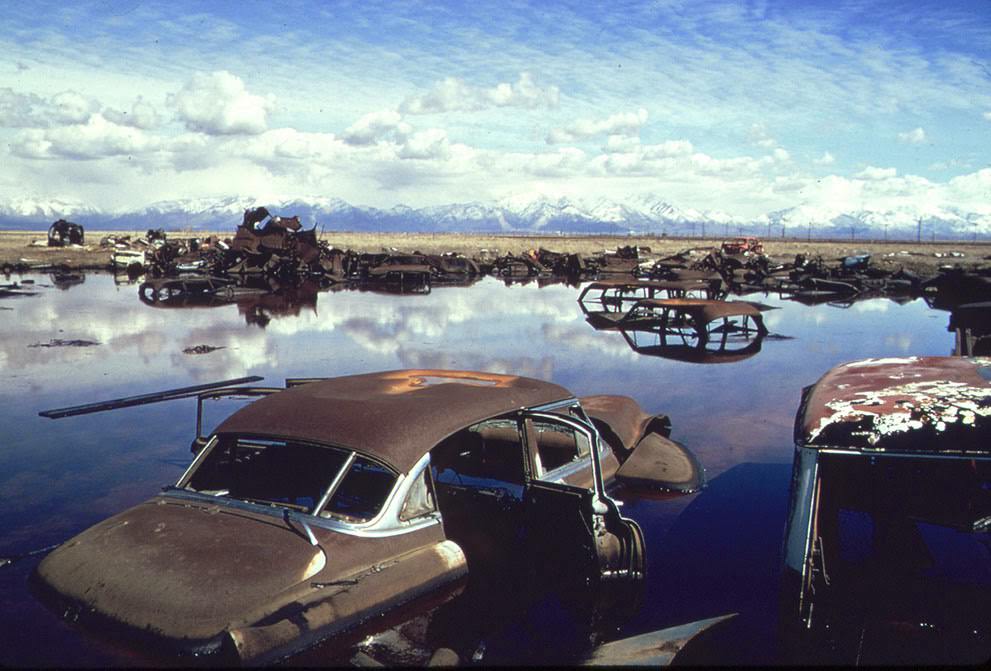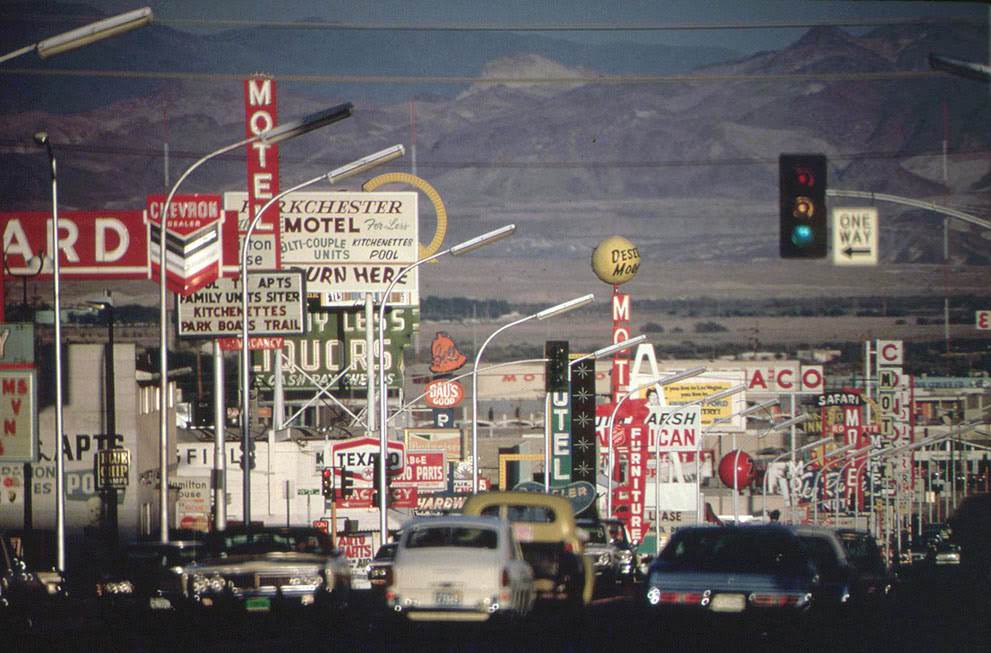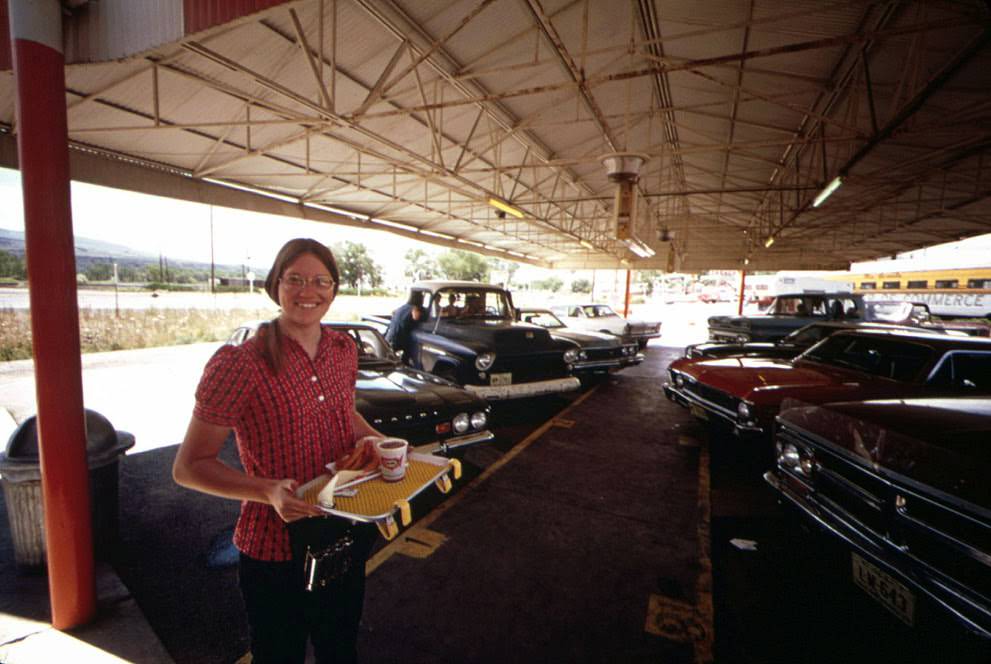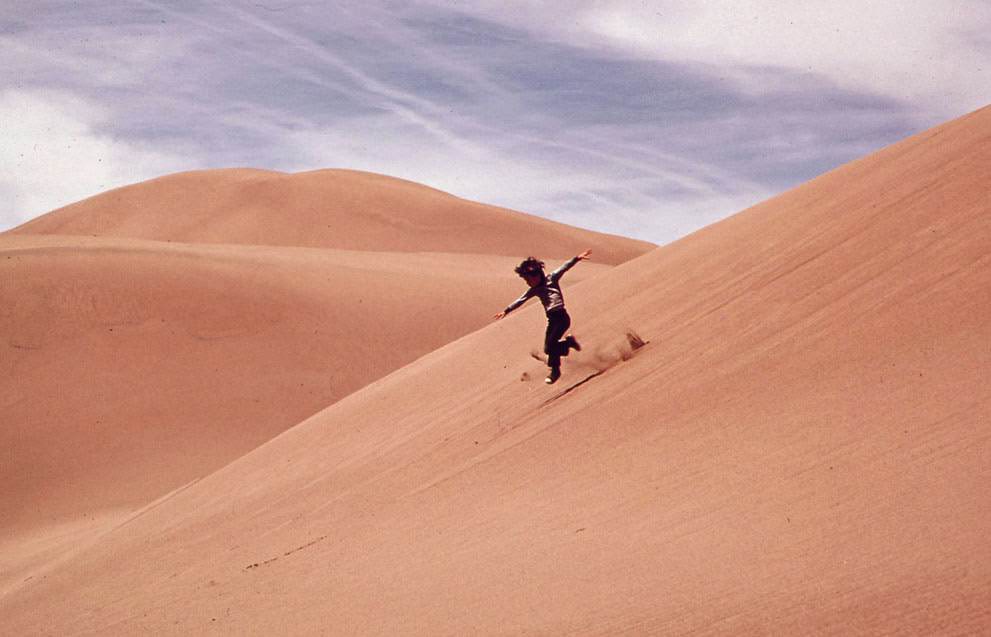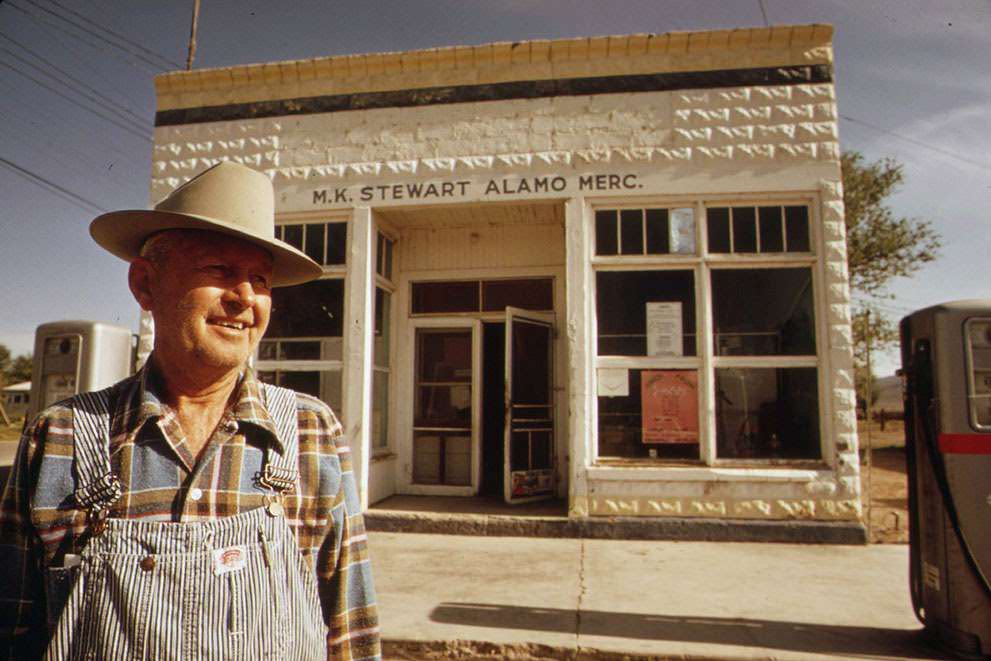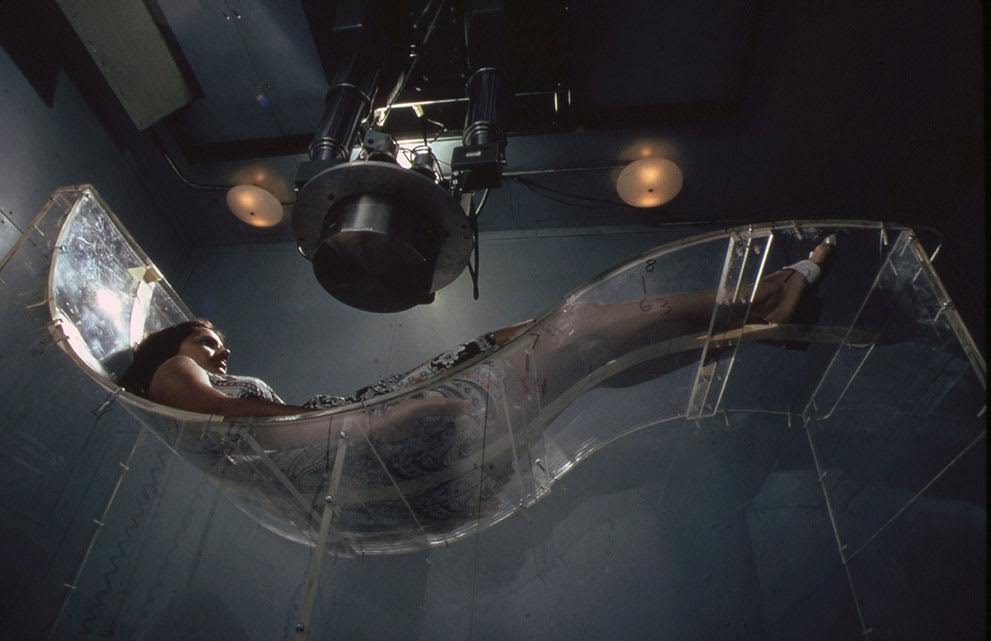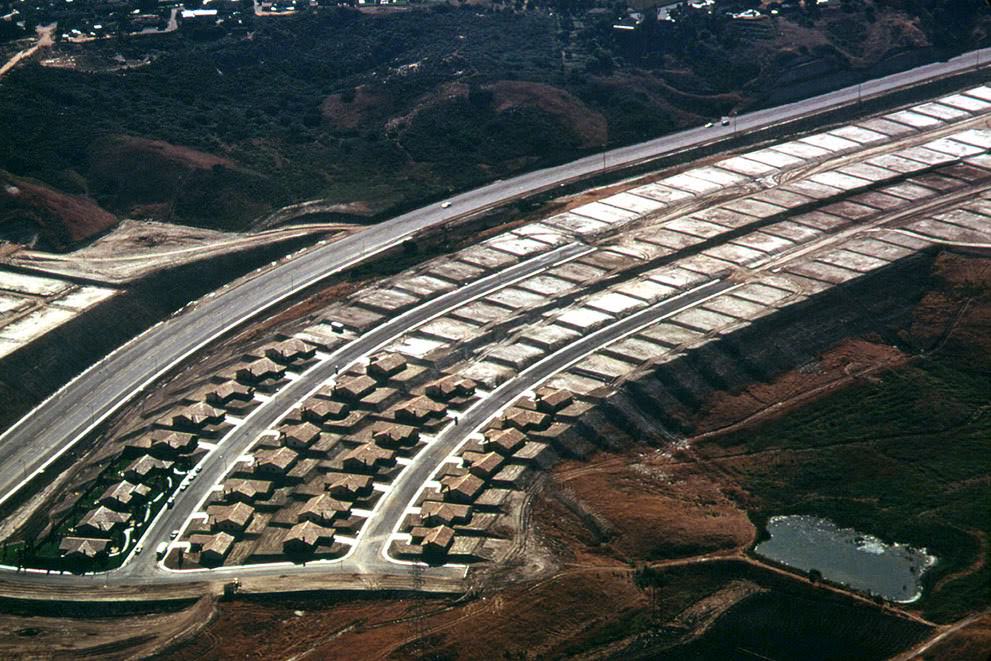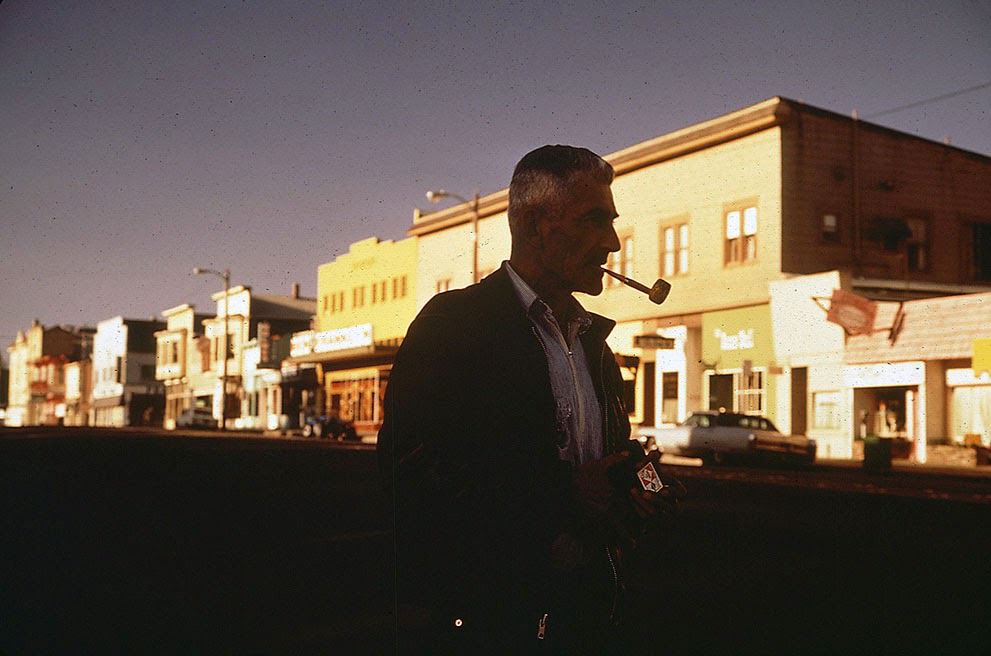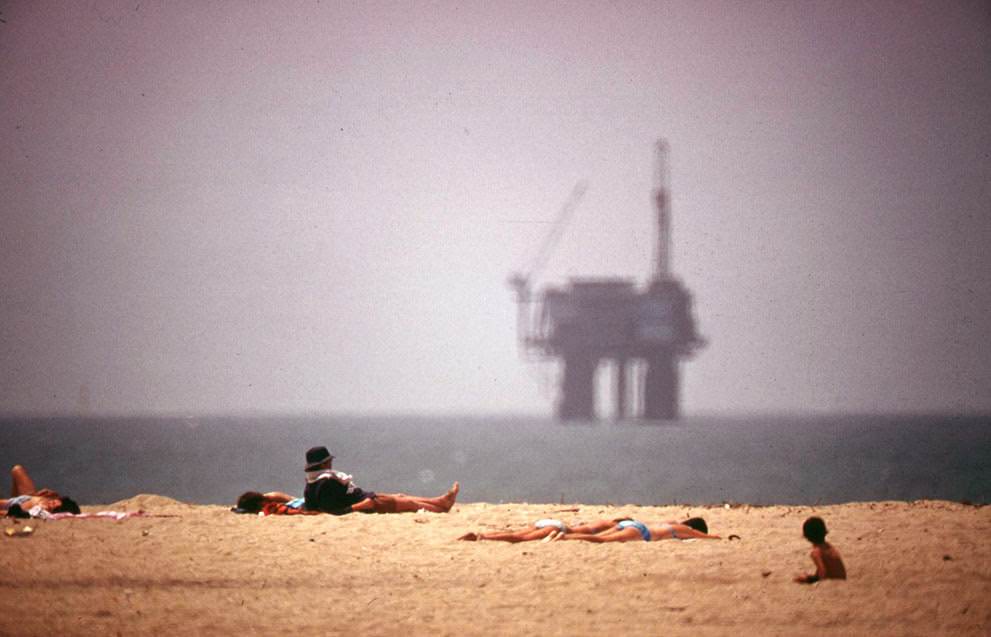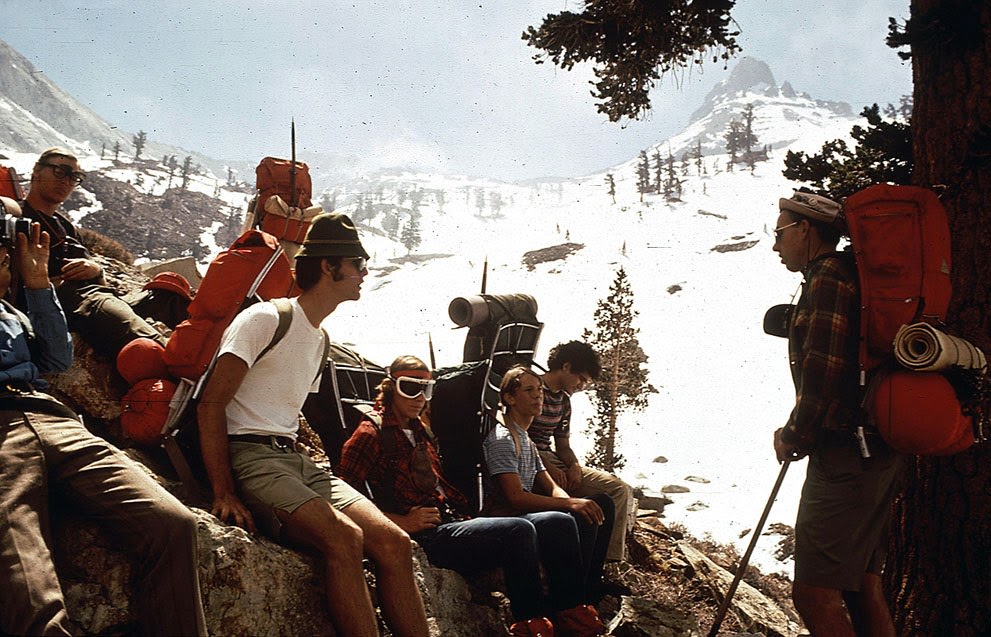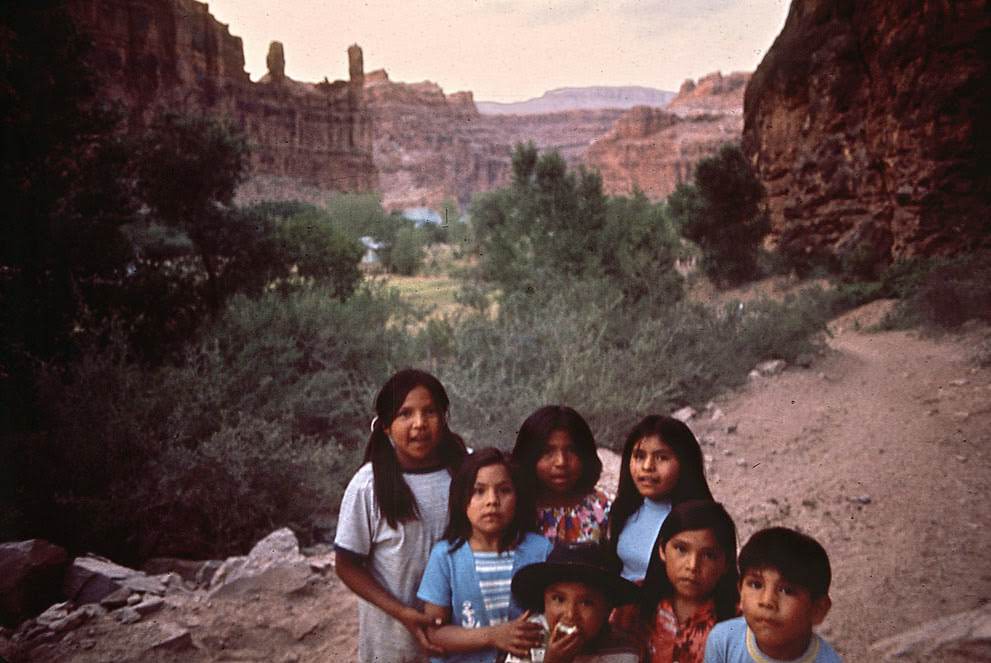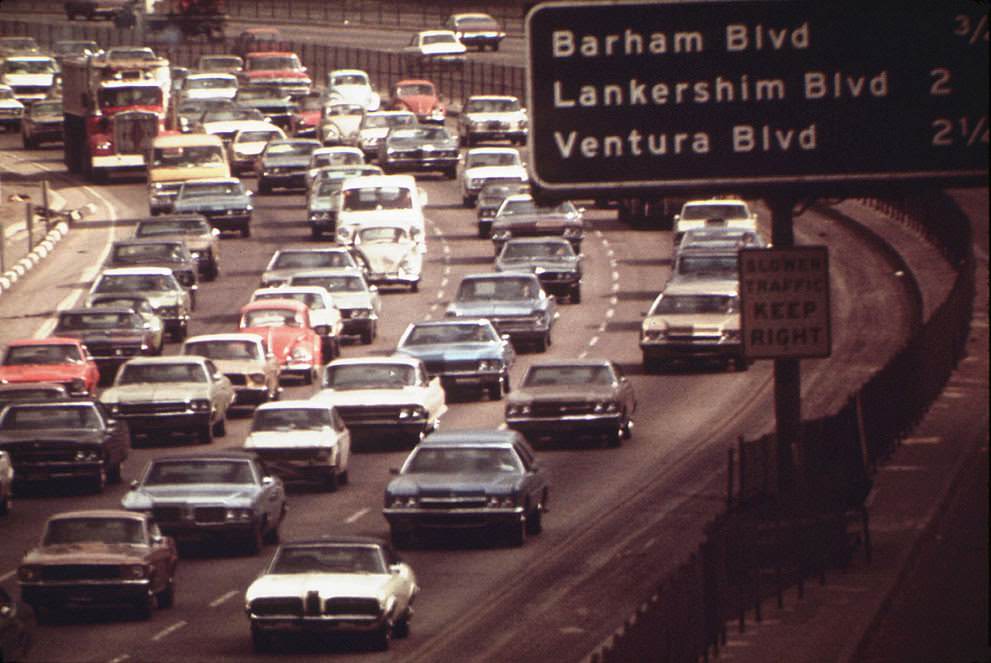In the 1970s, the U.S. Environmental Protection Agency launched a massive photo project called Documerica. The goal was to record the state of the nation, focusing on environmental issues and the daily lives of ordinary people. In the American Southwest, photographers captured a region of vast landscapes, growing cities, and unique cultural traditions.
The photographs from states like Arizona, New Mexico, and Nevada often highlighted the stark contrast between the natural environment and industrial activity. Images taken by photographers like Charles O’Rear documented the massive scale of copper mining operations. These pictures show huge open-pit mines carving into the earth and the small company towns that depended on them. Other photos depicted the haze of smog from industrial plants hanging over desert valleys and the environmental effects of power generation on the landscape.
Life in the growing cities and suburbs was another key subject. Photographers documented the sprawl of new housing developments pushing into the desert outside Phoenix and Las Vegas. These images show rows of similar-looking homes with gravel lawns, a response to the scarce water resources of the region. Gas stations were a frequent backdrop, reflecting the car-dependent culture of these spread-out communities and the impact of the 1973 oil crisis, which led to long lines at the pumps.
The project also provided a detailed look at the people who called the Southwest home. In rural New Mexico, photographer Danny Lyon spent time documenting Hispanic communities, capturing scenes of daily life that had remained unchanged for generations. His photos show adobe homes, village festivals, and people working the land. In Arizona, photographers documented the lives of Native American communities, including the Navajo and Hopi peoples. These images show both the preservation of traditional ways of life and the challenges faced by these communities.


